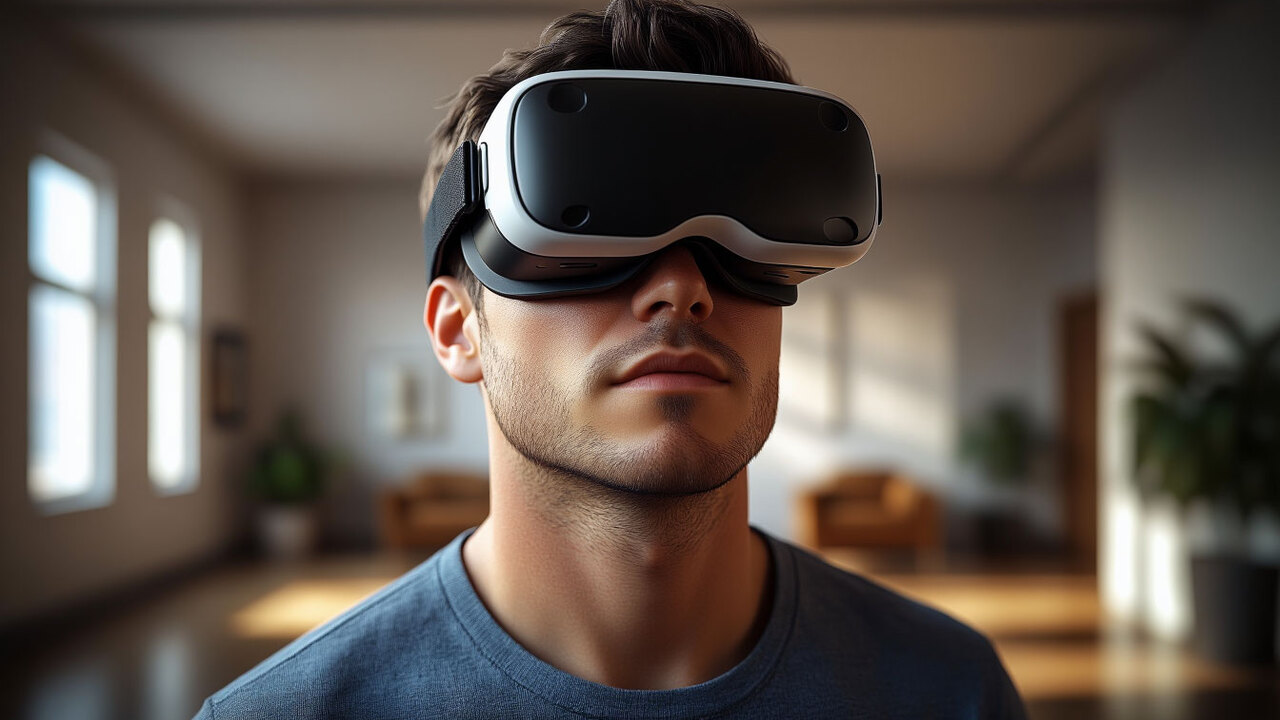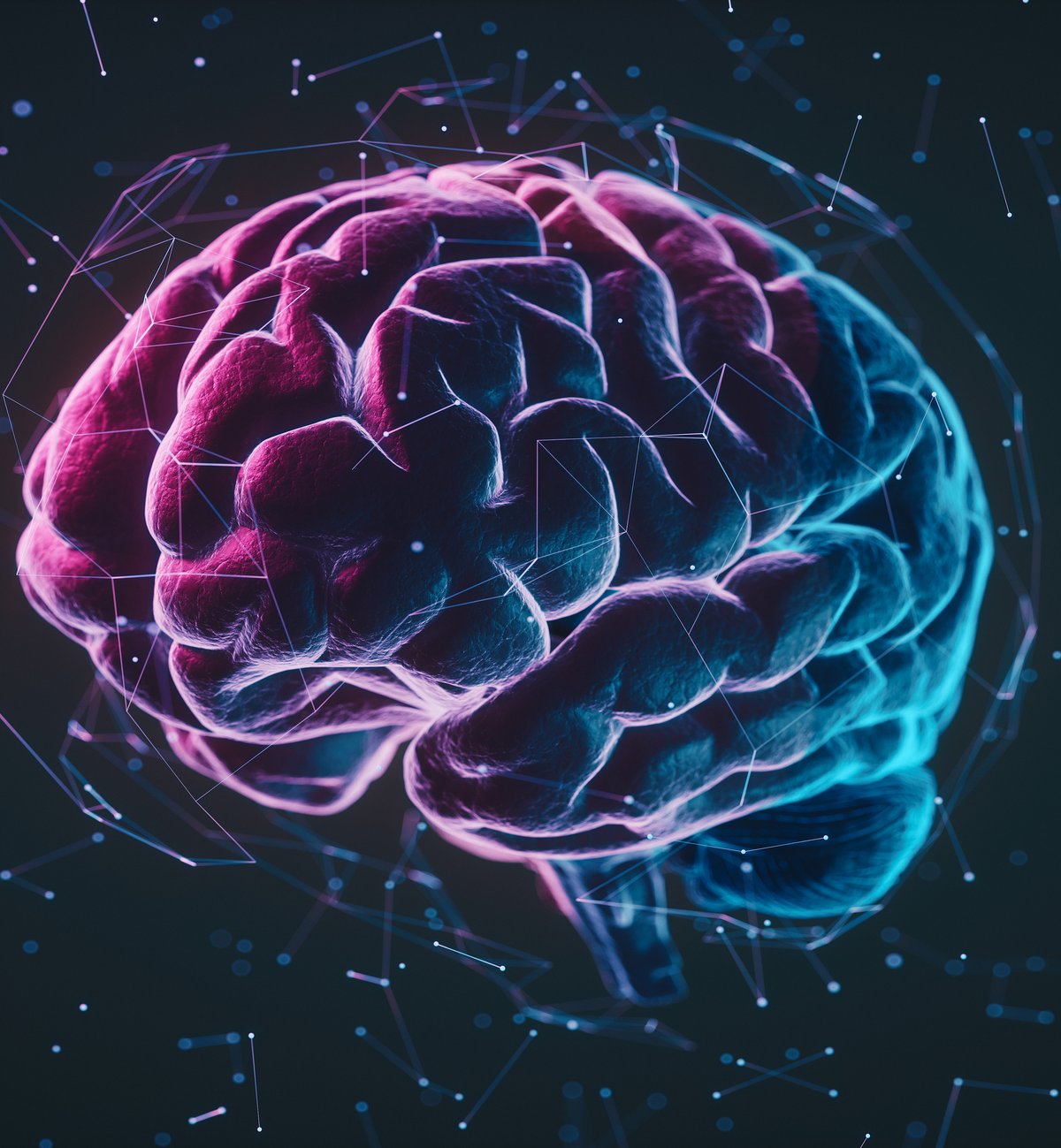You’ve probably heard that humans only use 10% of their brain capacity, and if we used more than that, we would have almost incredible intelligence. In Luc Besson’s film Lucy (2014), the character played by Morgan Freeman describes exactly this; When the hero manages to reach 100% he almost becomes a comic book hero.
But is it real? The short answer is no. It’s a myth that’s been passed down for probably over 100 years. The story first appeared in American author Dale Carnegie’s book How to Win Friends and Influence People, with an introduction by actor, author and radio host Thomas Lowell.
In it he says: A Harvard professor said that ordinary people only develop 10% of their mental capacity. This teacher was the philosopher William James, who wrote in his 1908 work The Energies of Men that humans use only a small portion of their mental resources. That’s how it all began.
In a post by BBCCognitive neuroscientist Sergio Della Sala points out that finding the original source of the myth that we only use 10% of our brains can be complicated. Some suggest that the story was also told by Albert Einstein, but Sala could not find any relevant quotes from the physicist.
“It’s one of Hollywood’s favorite bits of pseudoscience: Humans use only 10% of their brains, and awakening the other 90% (supposedly dormant) allows ordinary people to perform extraordinary mental feats. In Phenomenon (1996), John Travolta gains the ability to predict earthquakes and instantly learns foreign languages. Scarlett Johansson becomes a super-strong martial artist in Lucy (2014),” the encyclopedia explains. Britannica.
Are we using more than 10% of our brain capacity?
The first question that many scientists raise about this idea is: What exactly does the author of the myth that 10% of the brain is used mean? Is 10% electrical activity, 10% metabolism, or does it refer to another area of the brain?
Firstly, although the brain works in an integrated manner, it does not function as a single ‘entity.’ There are various regions in the human body that perform different functions such as motor function, memory, vision, among others.Therefore, it is not possible to measure brain function with a single percentage.
“Whenever someone brings up this myth in my classes, I say, ‘If you’re only using 10 percent of your brain, you’re probably on a ventilator.’ … I think a better way to think about it is: Do you know what your capabilities are? What can you do to reach your maximum potential?” Erin Hecht, an assistant professor of evolutionary neuroscience at Harvard University, said in a message on her website. Live Science.
Did you like the content? Then share it with your friends, on your social networks, and enjoy discovering how scientists created synthetic neurons for the first time. Until next time!
Source: Tec Mundo
I’m Blaine Morgan, an experienced journalist and writer with over 8 years of experience in the tech industry. My expertise lies in writing about technology news and trends, covering everything from cutting-edge gadgets to emerging software developments. I’ve written for several leading publications including Gadget Onus where I am an author.













